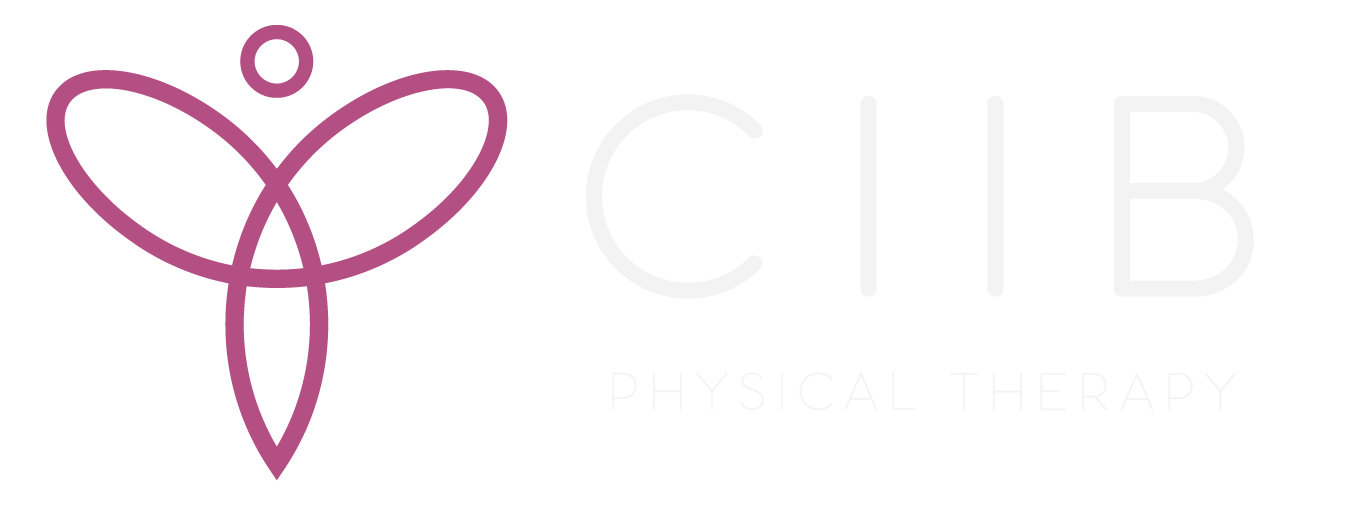Finding Balance: Dizziness and Physical Therapy
May 2024 Newsletter
Dizziness is common in people over 20, and it can be a big problem in daily life. Feeling unsteady, lightheaded, or like the room is spinning is alarming and makes daily tasks difficult. The good news is that dizziness often has treatable causes, and your physical therapist can be the perfect person to help.
Understanding Dizziness
Dizziness isn't a specific problem—it's a symptom that can be caused by many different issues. Feeling dizzy most commonly occurs due to issues with the inner ear, but it can also occur due to vision, joint or muscle issues in the neck, migraines, changes in blood pressure, head injuries, or other neurological problems.
How Physical Therapists Help
To understand dizziness and how a PT can help, you must know a little about how balance works. Your brain uses information from your inner ears, your vision, and input from your joints about their position and movement to keep you balanced and stable. Typically, all of this information paints the same picture for your brain. If your brain gets conflicting information – say, your inner ear sends different information than vision and your joints - that often results in a feeling of dizziness, unsteadiness, or vertigo.
Your physical therapist will ask questions about your history and then test all of the systems that help you stay balanced to determine the cause of your dizziness.
Your treatment plan will vary depending on what your PT finds. Some typical examples include:
Exercises: Your PT may prescribe specific exercises to improve your balance, strengthen or stretch specific muscles, or help retrain your brain to interpret sensory information. These can include gaze stabilization exercises, which help your eyes and inner ears work better together; habituation exercises, which help your brain get used to different types of input; and balance training on various surfaces.
Canalith repositioning maneuvers (CRM): If your dizziness is caused by benign paroxysmal positional vertigo (BPPV), a specific type of inner ear problem, your therapist may perform maneuvers to reposition tiny crystals within your ear canal, alleviating your vertigo. They can also teach you how to do these at home.
Education: Your therapist will educate you about your condition, how to manage dizziness, and exercises you can perform at home. They may also help you modify activities that cause dizziness or train you on ways to work through it.
Dizziness doesn't have to interfere with life. Physical therapists can help reduce dizziness, improve balance, lower the risk of falls, and increase confidence in daily activities.
References:
1. Cervicogenic Dizziness: A Review of Diagnosis and Treatment
https://www.jospt.org/doi/10.2519/jospt.2000.30.12.755
2. Physical therapy interventions for older people with vertigo, dizziness and balance disorders addressing mobility and participation: a systematic review. BMC Geriatr 20, 494 (2020).
https://doi.org/10.1186/s12877-020-01899-9
3. Vestibular Rehabilitation for Peripheral Vestibular Hypofunction: An Evidence-Based Clinical Practice Guideline: FROM THE AMERICAN PHYSICAL THERAPY ASSOCIATION NEUROLOGY SECTION. J Neurol Phys Ther. 2016 Apr;40(2):124-55. doi: 10.1097/NPT.0000000000000120. PMID: 26913496; PMCID: PMC4795094
4. Between Cognitive Assessment and Balance Measures in Adolescents Referred for Vestibular Physical Therapy After Concussion. Clin J Sport Med. 2016 Jan;26(1):46-52.
https://www.ncbi.nlm.nih.gov/pmc/articles/PMC4856020/
5. Physical Therapy lowers falls by 68% after Dizziness
6. Physical Therapy Guide to Dizziness
https://www.choosept.com/guide/physical-therapy-guide-vertigo
7. Vestibular Rehabilitation Therapy
https://my.clevelandclinic.org/health/treatments/15298-vestibular-rehabilitation
*** Disclaimer : The information on this page has been sourced in coordination with the American Physical Therapy Association (APTA) and is intended solely for educational purposes. This educational material does not serve as medical advice and is not recommended to be used in place of professional medical advice or treatment from a licensed physical therapist or any other medical professional.

